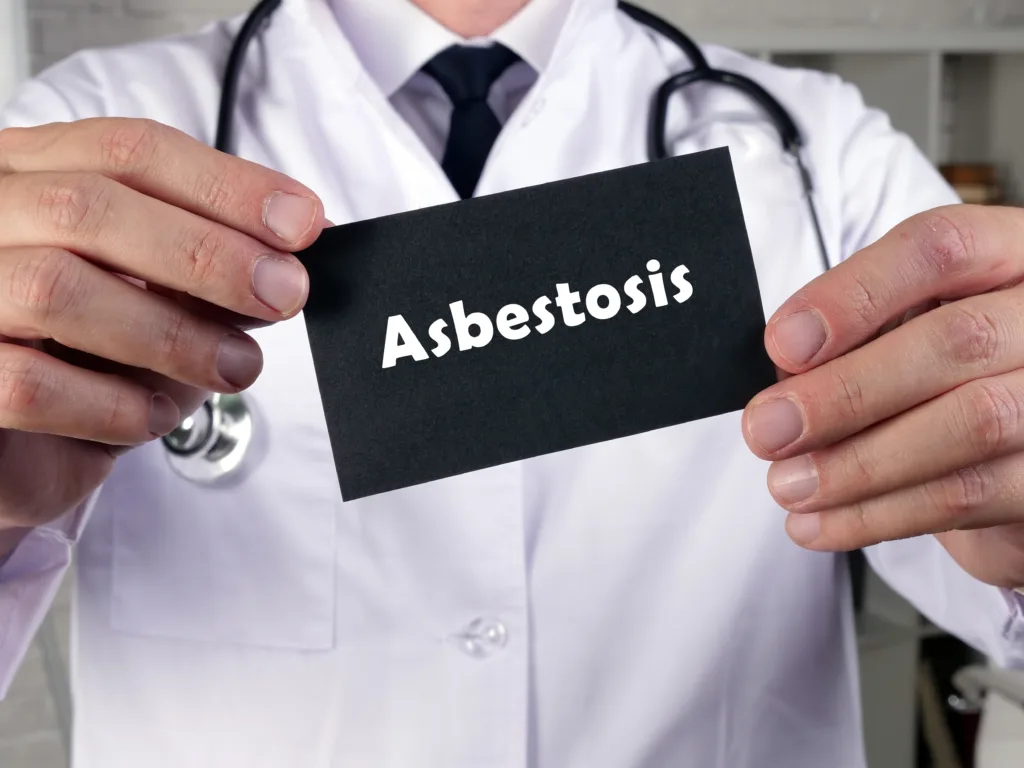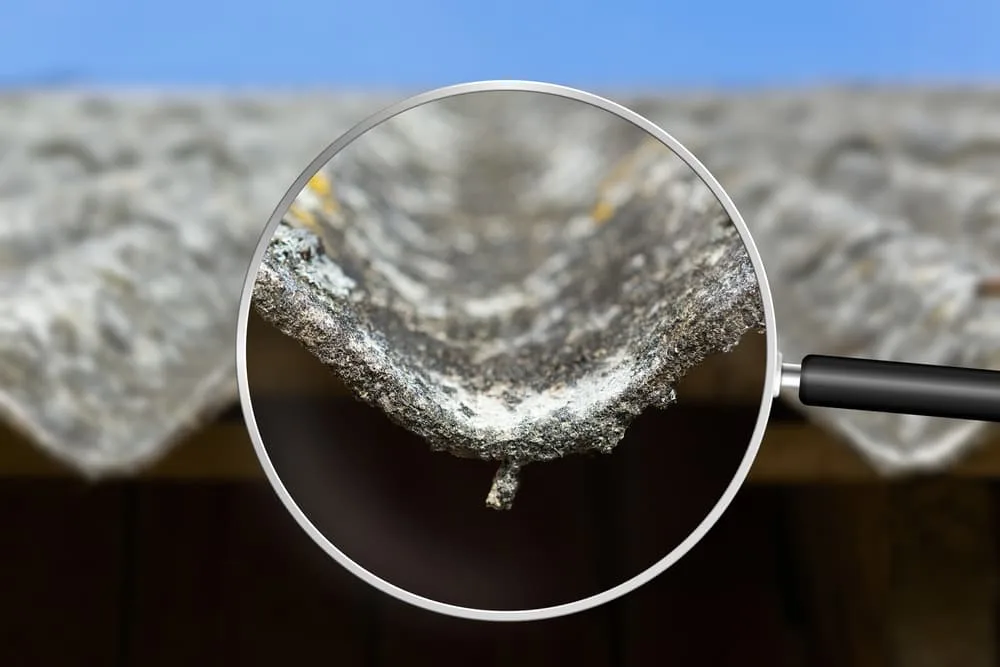What is Talc?
Talcum powder, commonly known as talc, is a familiar substance in most households; the white, powdery mineral known as the softest material on Earth is most commonly associated with baby powder. For many, the smell recalls cleanliness, childhood, and hygiene. The mineral’s ability to absorb large amounts of moisture makes talc is ideal for products like foot powder and body powder, which reduce friction and chafing by eliminating excess moisture from the skin. This characteristic has made it useful in cosmetics and antiperspirants as well as building materials and even food.
However, the mineral is not without its problems. Since the 1970s, researchers have questioned the potential contamination of talc with asbestos and the possible ramifications that such a connection can have on consumer health. The FDA has been tasked with investigating the safety risks associated with talcum powder, and recent research has renewed the inquiry. Recent studies have linked talcum powder to ovarian cancer and even mesothelioma, prompting consumers to question the mineral’s safety.
Cosmetic grade talc is not subject to regulation by the Food and Drug Administration, which means that it is often untested and may not be pure, uncontaminated talcum powder.
Products Linked to Talc:
- Cosmetics
- Baby powder
- Makeup (blush, eyeshadow, and face powders)
- Antiperspirants
- Soap
- Other materials
- Ceramics
- Rubber
- Plastics
- Paint
- Paper
- Soapstone
Talc and Asbestos
Talc and asbestos naturally occur in similar environments, and many mining sites contain both minerals. This proximity can lead to dangerous cross-contamination, as both minerals are fine and easily airborne. As a result, some products containing talc may also contain asbestos, a dangerous material linked to mesothelioma, an extremely aggressive and rare form of cancer. Concerns about cross-contamination have good reason; recent investigations have discovered talc containing asbestos in baby powder, eyeshadows, and more.
Asbestos contamination can have deadly consequences; exposure to the fibers is the only known cause of mesothelioma. Inhalation is the deadliest form of exposure, as the microscopic fibers lodge in the lining of the lung and develop into cancer. This method of exposure is especially troubling when linked to talc, since products like baby powder are easily airborne, increasing the risk of dangerous lung disease in children.
Increased Risk of Ovarian Cancer
For decades, women have used talcum powders as an integral part of their hygienic routine. In the 1960s, the discovery of asbestos in some talc samples suggested a dangerous link between talc and ovarian cancer, and by the 1980s, dozens of studies corroborated these results.
A 2015 study aimed to prove these associations, following a group of over 2,000 women with a history of talc use on the genital area and body. The results were startling: genital use of talc was associated with a 33% increase in overall risk of ovarian cancer.
Ovarian cancer is one of the deadliest forms of cancer affecting women worldwide, and advocates of the disease hope to raise awareness of the potentially deadly products women use every day.
Link Between Talc and Mesothelioma
In addition to ovarian cancer, some evidence points to a direct connection between talc and another aggressive form of cancer: mesothelioma. Patients with the disease argue that they were never warned of the risks of inhaling potentially asbestos-contaminated powder.
These links lead many to question the safety of common household products. Under the Federal Food, Drug and Cosmetic Act, cosmetic products and ingredients do not have to be reviewed by the Food and Drug Administration (FDA), with the exception of color additives. For now, the risks of talc may not be widely known.
The Future of Talc
As talc companies are increasingly linked to deadly illnesses like mesothelioma and ovarian cancer, the future of talc remains uncertain. It is likely that these companies will be forced into trial with increasing frequency and be held responsible for the damages they’ve caused, leading to better regulations in product safety and consumer education.
Sources:
- Cramer, Daniel W., Allison F. Vitonis, Kathryn L. Terry, William R. Welch, and Linda J. Titus. (2015). The Association Between Talc Use and Ovarian Cancer: A Retrospective Case-Control Study in Two US States. Retrieved from: Harvard DASH Repository http://nrs.harvard.edu/urn-3:HUL.InstRepos:dash.current.terms-of-use#LAA
- Cramer, Daniel W. MD, William R. Welch MD, Robert E. Scully MD, and Carol A. Wojciechowski, RN. (1982). Ovarian Cancer and Talc: A Case-Control Study.
- FDA.gov. Talc. Retrieved from https://www.fda.gov/Cosmetics/ProductsIngredients/Ingredients/ucm293184.htm
- Gordon, Richard E., Sean Fitzgerald, John Millette. (2014, October). Asbestos in commercial cosmetic talcum powder as a cause of mesothelioma in women. Retrieved from https://www.ncbi.nlm.nih.gov/pmc/articles/PMC4164883/



